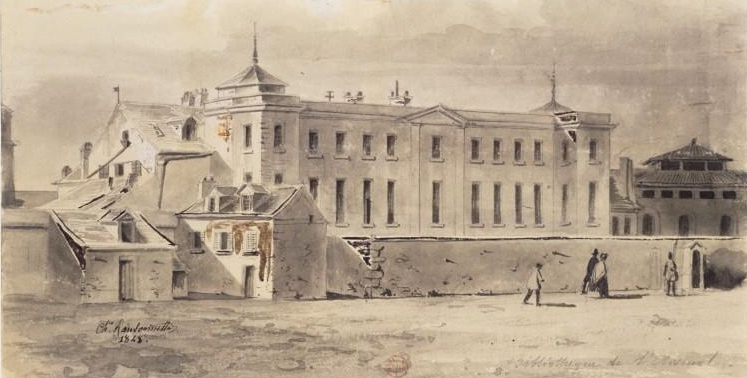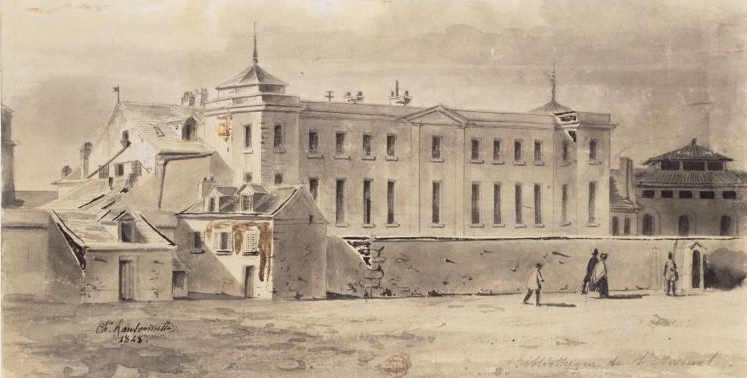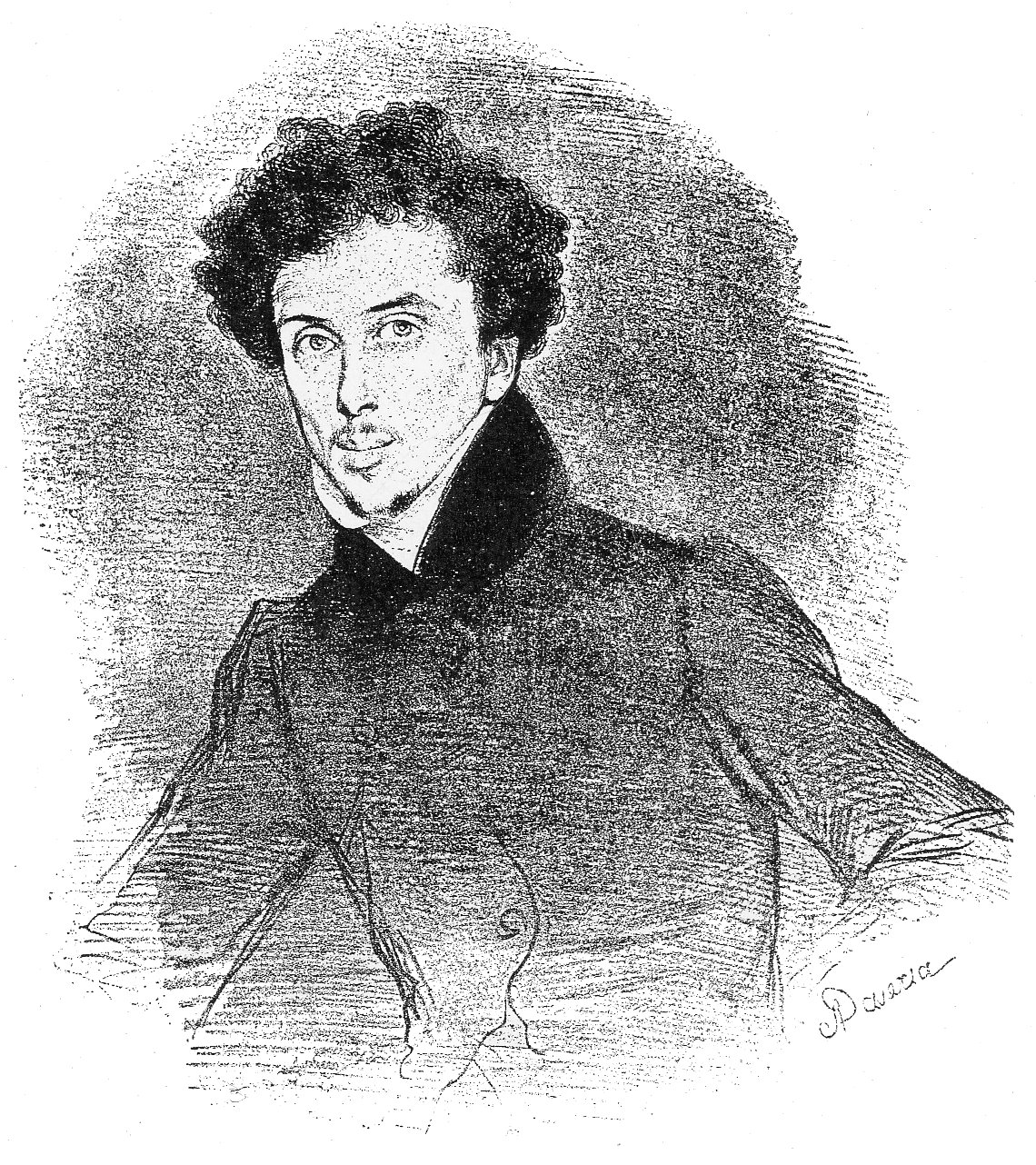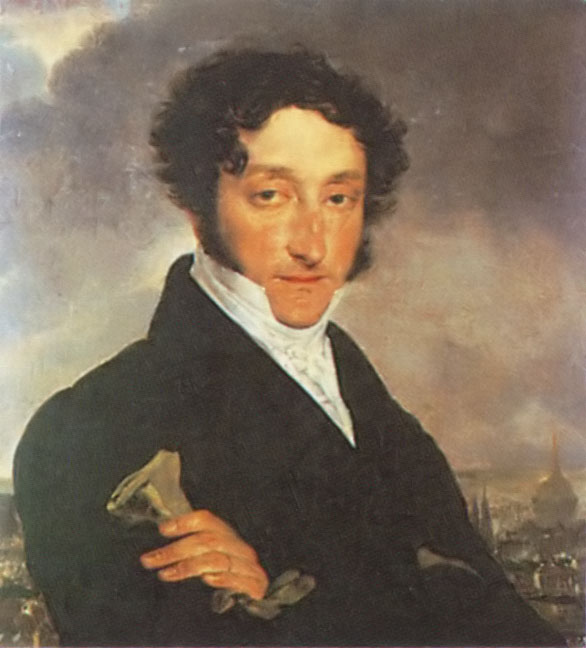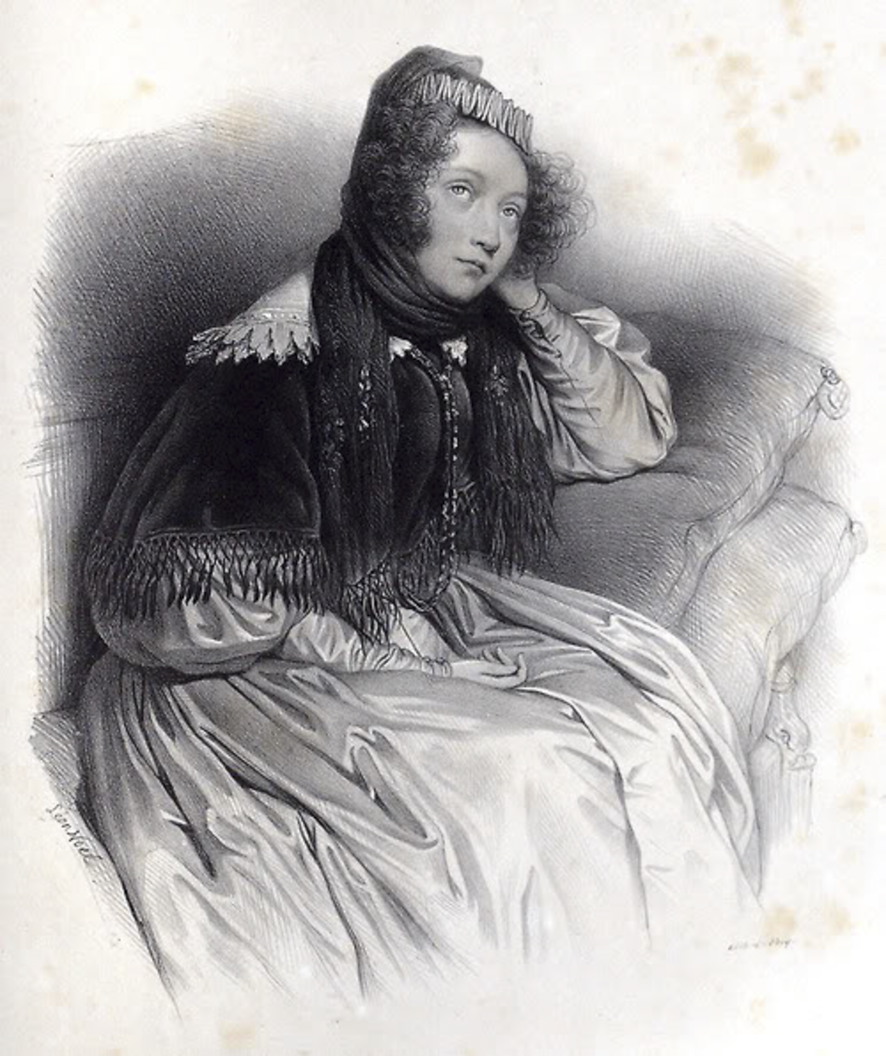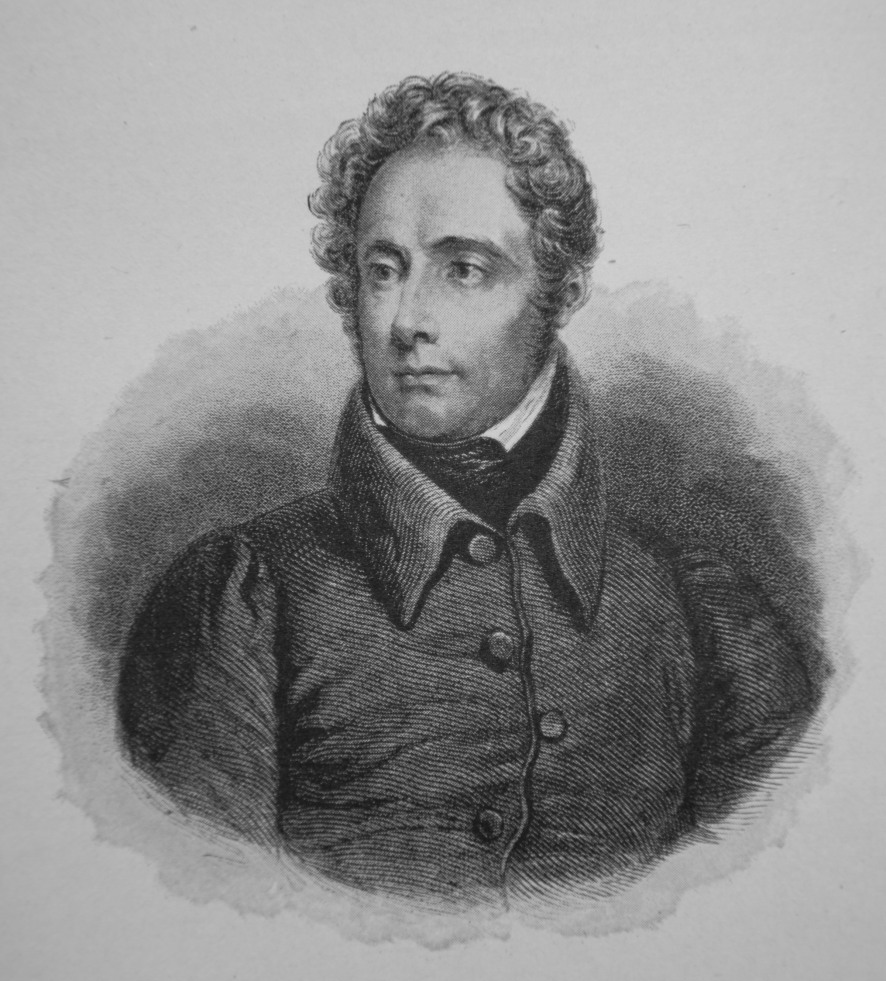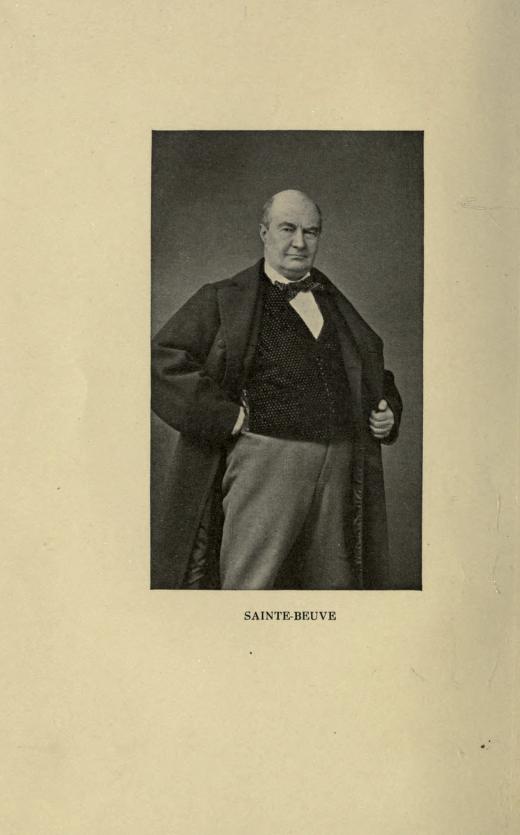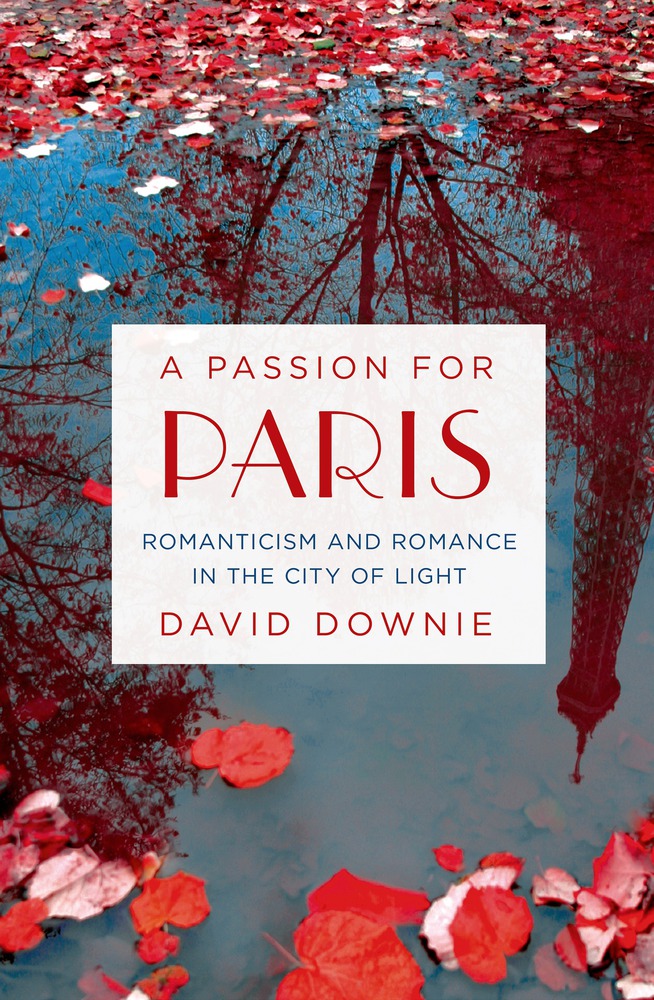The Arsenal Library in Paris
The Age of Romanticism lives on in Paris, in the streets, parks, buildings and cityscape—and in the hearts and minds of countless Parisians. They soak in history like so many baba-au-rum.
The crucible of historic Romanticism in Paris during the 1820s and early 1830s was the so-called Cénacle, a meeting of great minds and talents, held regularly at the Arsenal Library. The library is still here, near the Seine on the eastern edge of the Marais, a ten-minute stroll from where I live.
For years I walked by the Arsenal, rarely entering, and then only to see temporary exhibitions, some of them macabre: the archives of the Bastille, which stood just down the street, are kept here. So are countless thousands of manuscripts, incunabula, diaries and documents. The interior has changed remarkably little for the last 200 years; some salons and back rooms are unchanged since the reign of Louis XIII.
Talk about atmosphere: The Arsenal is one of the key places I explore in A Passion for Paris. Before writing the book I took a magical private tour of the library—from top to bottom—with its affable director. To document my chapters, especially the Cénacle and its many famous guests, I drew on, among other sources, the memoirs of Alexandre Dumas.
Alexandre Dumas by Deveria, before Dumas became famous and immensely fat
Dumas made his debut at the Arsenal. He was the darling of the library’s legendary librarian, the novelist and bibliophile Charles Nodier, the godfather of French Romanticism.
Charles Nodier, godfather of French Romanticism
Here’s how Dumas, still in his twenties, describes Nodier and a typical evening at the Arsenal.
“… the light illuminated white paneled walls with Louis XV moldings, and furniture of extreme simplicity, comprising a dozen chairs or easy-chairs and a sofa covered with red cashmere, the hangings being of the same color; a bust of Hugo, a statue of Henri IV as a child, a portrait of Nodier and a landscape of a view in the Alps, by Regnier. On the left, as you entered, was Marie’s piano, in a recess almost like a room in itself. This recess was large enough, like the spaces between bedsteads in the time of Louis XIV, for the friends of the household to stand around and talk with Marie as she played quadrilles and waltzes with her clever, agile fingers.”
The salon is still there and so is the statue of Henri IV. The piano is gone, but the fireplace and its famous chimneypiece Nodier always leaned on remain intact.
“Nodier was not merely amusing to listen to, but in addition he was delightful to watch,” wrote Dumas. “His tall, lean body, his long thin arms, his white tapering hands, his long face, full of a serene melancholy, all harmonized and fitted in with his rather languid voice and aristocratic accent; and, whether Nodier were reciting a love-story, or describing a fight on the plains of la Vendue, or some drama that happened in the Place de la Revolution, a conspiracy of Cadoudal or of Oudet, his hearers would hold their breath to listen, so wonderfully did the story-teller know how to get at the heart of everything he described.”
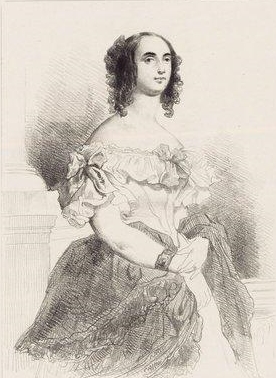
Adele Hugo, unlikely muse
One of the revolutionary things about the Cénacle was its openness to men of all kinds—including the mixed-race Dumas—and women. “Nodier was a lover,” Dumas notes. “I have said he loved and made friendships because, for Nodier, women existed as well as men. As he loved all men of goodwill, so, in his youth (and Nodier was never old), did he love all lovable women. How he managed this he himself would have found it impossible to explain. But, in common with all eminently poetic minds, Nodier always confused the dream with the ideal, and the ideal with the material world; for Nodier, every fancy of his imagination really existed — Therese Aubert, la Fée aux miettes, Inès de las Sierras — he lived in the midst of all these creations of his genius, and never sultan had a more magnificent harem.”
Marie Dorval, muse of many (many, many) men and women
Among the women who frequented the Cénacle were the novelist Daniel Stern—her real name was Countess Marie d’Agoult, and she was Franz Liszt’s lover—and Marie Dorval, the famous actress. Victor Hugo and his wife Adèle were regulars, as were Alphonse de Lamartine, Alfred de Musset and a dozen others who shaped the Romantic Movement and remain required reading in France today. They waltz in and out of the pages of my book and seem to me to be astonishingly contemporary.
Lamartine, Romantic hero, a regular at the Arsenal
The Arsenal is reputed to be haunted—or enchanted. Here’s what I wrote in my notebook shortly after my visit with the director (some of this made it into the book in a slightly altered form):
“As I stood in the cluttered salon dreamily pondering I was tempted to take the ghost of Adèle by the hand. But there was no music and no room to waltz. Feeling drowsy in the stuffy dimly lit room I allowed my eyelids to close. The director’s pleasant, aristocratic voice gave way to a brilliant rush of musical notes. An unexpected series of images, a persistent moving picture, popped up and played in my mind. I heard and saw the mesmerizing ballroom scene in Luchino Visconti’s cult 1963 movie The Leopard. Why was this happening?
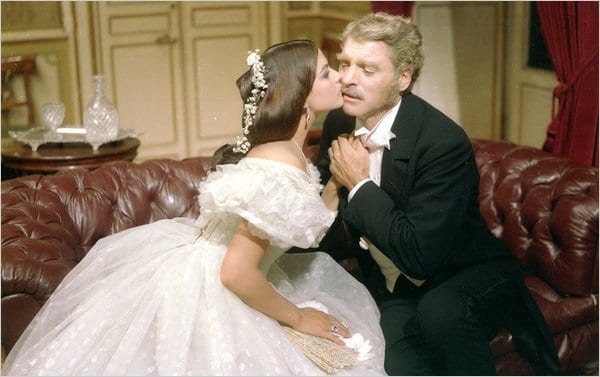
Burt Lancaster plays the Leopard, a Sicilian prince, and in the luxurious ballroom he sweeps across the dance floor with the beautiful Angelica, played by Claudia Cardinale.
As the movie ran in the private theater of my mind something even stranger seemed to be happening. Lancaster slowly morphed into Victor Hugo, Cardinale into Adèle. Soon Adèle was in the arms of another man, the awkward yet charismatic Charles-Augustin Sainte-Beuve, Victor’s friend, his confidant and admirer, the man who had coined the term “Cénacle.” Sainte-Beuve winked at me. Anyone watching him and Adèle arm-in-arm might have concluded from the way she flushed and moved and glanced guiltily at him that there was more going on than what met my mind’s eye.
The unlikely Don Juan. Victor Hugo would get his revenge: guess who Quasimodo is modeled on?
I shook my head and pinched my cheeks. Was I in the thrall of the Arsenal’s ghosts? My hallucinatory vision of literature, history and cinema was not difficult to interpret. I’d been steeping in Nodier, Hugo and Sainte-Beuve for months, and had recently reread The Leopard. On several occasions the author of the novel the movie was based on subtly referred to the French Romantics and drew parallels between his tale set in Sicily and the poetry of Charles Baudelaire, the elegant, crepuscular prose of Joris Karl Huysmans, and the clever mot by Alphonse Karr—that line about the paradoxical changelessness of change. In the novel and the movie the Leopard becomes obsessed by a puzzling sentence. “For things to remain the same,” says his nephew, “everything must change.”
As I stared at the chimneypiece in Nodier’s dark salon the suspended penny dropped. Now I was sure: that line from the movie was a reformulation of Alphonse Karr’s “The more things change, the more they stay the same.” I smiled inwardly. The century and country have changed, but French Romanticism lives on in the literature and movies of recent decades, in my head, and, in this moment, in the collective imagination, mores and passions of the Western World.”
To watch the ballroom scene from The Leopard click on this link: http://www.youtube.com/watch?v=HPkvV3kgcSE
Stay tuned for more on this blog and in the book: A Passion for Paris is published by St. Martin’s Press on April 28, 2015. It’s already available for pre-order from Indiebound.org, from your favorite local indie bookstore or, if you must, from the usual on-line booksellers.
Indiebound: http://smarturl.it/Paris_Indie (use the store-finder function to order from your local bookseller). The following Indies are on our nationwide spring 2015 book tour. Click for the complete schedule.
Buy A Passion for Paris from Harvard Book Shop http://shop.harvard.com/book/9781250043153
Buy A Passion for Paris from Northshire Books http://www.northshire.com/book/9781250043153
Buy A Passion for Paris from McNally-Jackson http://www.mcnallyjackson.com/book/9781250043153
Buy A Passion for Paris from Politics and Prose http://www.politics-prose.com/book/9781250043153
Buy A Passion for Paris from New Dominion Books http://www.newdominionbookshop.com/reading-events-2.html
Buy A Passion for Paris from The Regulator http://www.regulatorbookshop.com/book/9781250043153
Buy A Passion for Paris from Book Passage http://www.bookpassage.com/book/9781250043153
Buy A Passion for Paris from Orinda Books http://www.orindabooks.com/book/9781250043153
Buy A Passion for Paris from Powell’s Books http://www.powells.com/biblio/62-9781250043153-0
Buy A Passion for Paris from Elliott Bay Book Co http://www.elliottbaybook.com/book/9781250043153
Amazon: http://smarturl.it/Paris_AMZ
Barnes and Noble: http://smarturl.it/Paris_BN
For our spring 2015 book tour schedule click here: http://www.davidddownie.com/David_D._Downie/paris/paris-paris-2/a-passion-for-paris-romanticism-and-romance-in-the-city-of-light-book-tour-spring-2015/
To read an earlier blog post about Romanticism and romance in Paris: http://www.davidddownie.com/David_D._Downie/paris/paris-paris-2/the-raison-detre-of-a-passion-for-paris/
